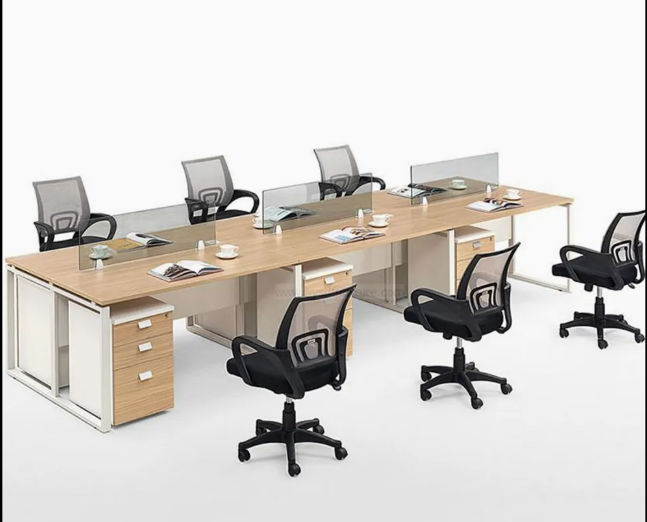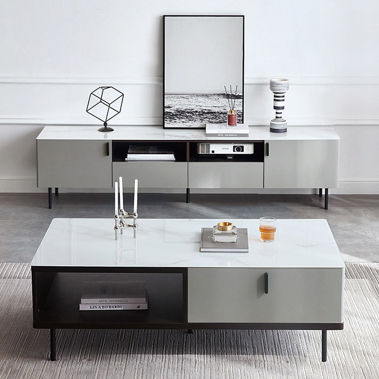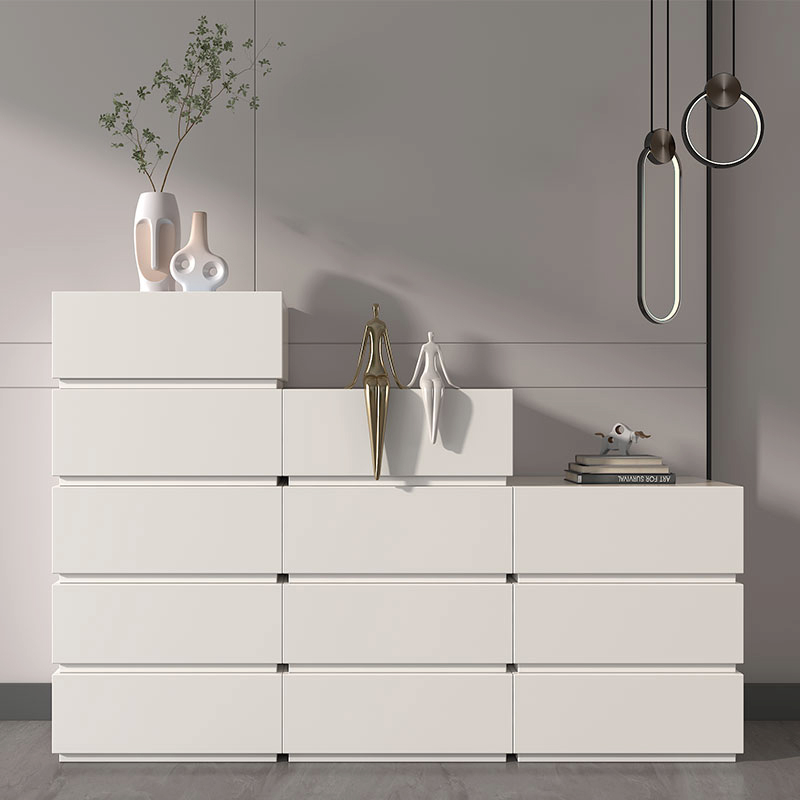Particleboard has become an increasingly popular choice for office desks in recent years, and for good reason. It combines practicality, affordability, and design flexibility, making it well-suited to the unique demands of office environments. Below is a detailed look at its material properties, core advantages, and style versatility.

1. Material Composition and Finishing
Particleboard is crafted from wood by-products—such as wood chips, shavings, and sawdust—bonded together with synthetic resins (typically urea-formaldehyde or melamine-formaldehyde) under high temperature and pressure. This manufacturing process optimizes wood resource usage, reducing waste compared to solid wood, which requires large, intact lumber pieces.
For office desks, particleboard is almost always paired with protective finishes to enhance performance and appearance. The most common option is melamine-impregnated paper, which is fused to the board’s surface during production. Melamine finishes offer exceptional resistance to scratches, stains, and fading—critical for desks that see daily use with laptops, coffee mugs, and office supplies. Other finishes, such as PVC film or thin wood veneer, are also used to achieve specific textures or a more premium look, expanding particleboard’s design potential.

2. Core Advantages for Office Use
Cost-Effectiveness
One of particleboard’s biggest draws is its affordability. By using wood by-products instead of solid lumber, it significantly cuts material costs without sacrificing structural integrity. For businesses—whether small startups or large corporations—this translates to high-quality office desks that fit within budget constraints. Unlike solid wood desks, which can be prohibitively expensive for bulk purchases, particleboard desks allow companies to furnish entire offices without overspending.
Dimensional Stability
Office environments are prone to fluctuations in temperature and humidity (due to heating, air conditioning, or open windows), which can damage less stable materials. Solid wood, for example, often warps, cracks, or shrinks under these conditions. Particleboard, however, has a uniform internal structure that minimizes such issues. Its consistent density and resin bonding keep the desk’s shape intact over time, ensuring long-term functionality and reducing the need for repairs or replacements.
Environmental Friendliness
Modern particleboard production adheres to strict global standards for formaldehyde emissions, such as the E0 (≤0.5mg/L) or E1 (≤1.5mg/L) grades. These standards ensure the material is safe for indoor use, posing no health risks to office workers. Additionally, particleboard’s reliance on recycled wood by-products reduces the demand for new logging, supporting sustainable forestry practices. For companies prioritizing eco-friendly operations, particleboard desks are a responsible choice.
Durability
Thanks to its protective finishes (especially melamine), particleboard desks are highly durable. They can withstand common office wear and tear: spills (from coffee, ink, or water) wipe clean easily without staining, and scratches from laptops, binders, or desk accessories are minimal. This durability extends the desk’s lifespan, making it a cost-effective long-term investment—even in high-traffic office areas.
Easy Processability
Particleboard’s uniform texture makes it easy to cut, drill, and shape. Manufacturers can create a wide range of desk designs, from simple rectangular workstations to complex models with integrated drawers, shelves, or cable management holes. This flexibility allows desks to be tailored to specific office needs: for example, compact desks for small cubicles, or large L-shaped desks for open workspaces. It also enables quick customization, such as adding built-in power outlets or storage compartments.
For offices focused on simplicity, particleboard desks with monochromatic finishes (e.g., all-white or all-black) and hidden hardware (like push-to-open drawers) eliminate visual clutter. These desks promote focus and productivity, ideal for minimalist workspaces or areas dedicated to deep work.

Customized Styles
Particleboard’s processability also allows for fully customized designs. Desks can be made in non-standard sizes to fit awkward corners or large open areas, or designed with unique features—such as built-in bookcases, keyboard trays, or LED lighting. This level of customization ensures desks match a company’s brand identity or specific workflow needs.
Conclusion
Particleboard stands out as a top choice for office desks, offering a balanced mix of material practicality, cost savings, and style flexibility. Its stability and durability make it suitable for daily office use, while its eco-friendly production aligns with modern sustainability goals. Whether a business needs affordable bulk furniture, durable workstations, or stylish pieces that fit its aesthetic, particleboard desks deliver on all fronts. For offices seeking quality, value, and adaptability, particleboard is a reliable and smart solution.












